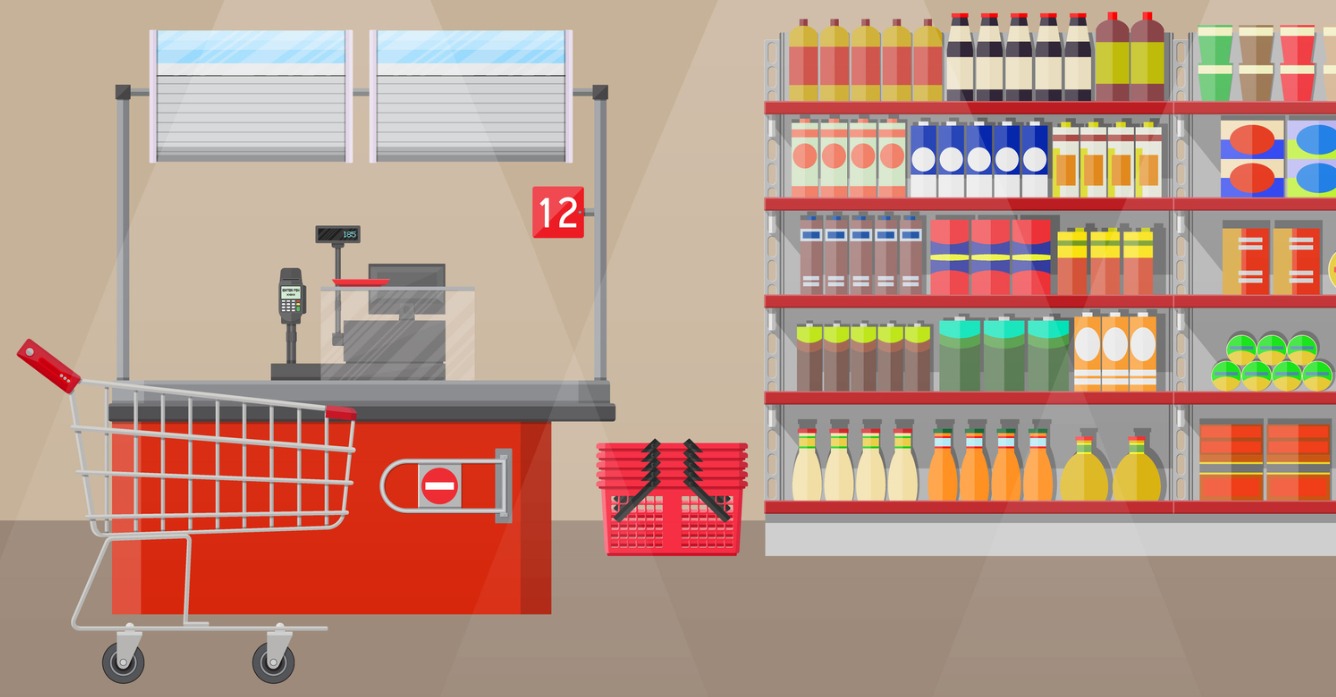4 minute read
Check This Out: Maximizing Throughput With Effective Coaching

Brie Urick, Operational Excellence Manager
Damien Deem, Implementation Specialist
Femi Olowu, Implementation Specialist
Ricardo Romo, Consultant
Our first post in this series introduced the complexity of today’s front end. In our follow-up post, we explored optimizing lane configuration to increase throughput. Now let’s take that a step further by discussing ways to improve cashier performance to maximize throughput. To effectively measure and increase cashier performance, managers must establish and communicate performance expectations.
Effectively managing teammates on the front end often distinguishes high-performing departments. Through onboarding and training, managers must set expectations on all the factors discussed in our previous posts. Finding the best way to communicate expectations regarding such things as scanning methods, customer service and attendance may be the most difficult front end management task. But without effective communication, and the observation and thought that precedes it, front end managers often spend their shifts running from lane to lane. That puts a lot of steps on their pedometers, but maybe not much else. Taking the time to step back and observe what exactly is going on may be surprising. In this blog entry we visit some of the tools and methods that can be used to ensure front end management is successful and optimal.
Leveraging key performance indicators to maximize throughput
Engineered labor standards are an important tool for measuring work content, standardizing processes, establishing performance expectations, improving productivity and managing labor expenses. For example, item processing standards can be used to determine the expected average number of items that a cashier can process per minute (IPM), which can be used to set and measure performance expectations. Key metrics such as IPM should vary by lane type, as the conditions and configurations likely vary. For example, an express lane is set up for the cashier to scan and bag in one motion, but the regular lanes are set up for the cashier to scan and pass, to later bag or have another team member assist with bagging.
Having a standard performance expectation helps managers identify cashiers that need coaching as well as cashiers that are meeting those standards by following best methods and striving for continuous improvement. This information can help in many ways. For instance, tracking a cashier’s IPM may help you determine which cashier to schedule on an express versus regular register. Additionally, once lower-performing cashiers are identified, they can be provided additional training. For example, introducing the utilization of a hand-to-hand motion that meets over or just past the scanner. This will help speed up the throughput on the front end as well as reduce the impact of the repetitive scanning on the cashier. We discuss coaching opportunities in more detail below.
Some retailers rely on IPM as their key performance indicator. However, item processing is only one portion of the total customer checkout experience. Another metric that is important to consider is total transaction time. Transaction time begins when the customer is greeted by the cashier and ends when the customer is handed their receipt. Cashiers’ performance should be measured from start to finish. Otherwise, you may miss opportunities to improve performance. Additionally, as checkout options continue to grow and self-checkout and buy-online-pick-up-in-store options become more popular, items per minute may not be the most significant factor when it comes to maximizing throughput. Customer greeting, payment processing and any additional teammate assistance should all be considered when measuring and managing performance.
Communicating performance expectations
As we mentioned earlier, communication is a critical front end management skill. This is many front end teammates’ first job, and there will be lots of performance feedback given to them. How this is communicated matters, and the higher number of teammates on the front end makes it challenging.
Having a good front end manager benefits the customers, the teammates and overall organizational performance, but the managers themselves must be trained to observe their teammates to identify coaching and reinforcement opportunities, to recognize strong performers, and to promote continuous improvement. With the right coaching and management, every cashier can get close to the standard expectation. Ideally a front end manager will exhibit some of the same characteristics of a sports coach. Coaches hold their players accountable but do not bring them down in the process, they build each of their players up to get the most out of them. Through fundamentals and skill building, a good coach can build a good team, and that is what a retailer should want out of their managers. Utilizing key metrics like IPM and identifying which cashiers fall below that line can give opportunities for the managers to build up their cashiers. For instance, giving a daily token to each cashier indicating if they are under-performing or over-performing based on previous shift data lets the teammate know where they stand, but also easily identifies which cashiers may, for example, need bagging assistance when the front end gets busier.
Managers should also be coaching cashiers to work smarter, not harder. Incorporating the hand-to-hand method when scanning is just one example of how managers could do this. Teaching your cashiers to get the customers to swipe their credit/debit cards early in the transaction is a way to easily speed up your transaction time. Fun games to entice cashiers to remember seasonal produce codes, or quizzes with prizes are just some of the examples a good coach will use to build up their team. Putting the emphasis on how the work is being performed and the methods being used will be more sustainable than the directive to simply try going faster. And it will be safer too!
Factoring performance into scheduling
Getting the right players in the game—in this case, scheduling the right cashiers on the right register type—is critical. A good coach will put their players in the right position at the right time for the team to succeed. Scheduling a rookie on a high-volume register, like express, isn’t putting them in the right spot to succeed. Scheduling a veteran cashier that is well versed in proper ergonomics, PLU look up and various tender types will help keep your express lane or other high-volume lanes running smoothly throughout the day.
Having the right setup on your front end can help, but without proper management and a well-coached team, it will not maximize results. A front end supervisor must be in many different places throughout their shift, and without the proper tools they can be ineffective or over-scheduling can occur. These are just two of the many critical practices to help ensure a retailer has an agile front end to provide the best possible customer service experience for their customers.
Watch for future posts in this series for more ideas to optimize front end performance.



